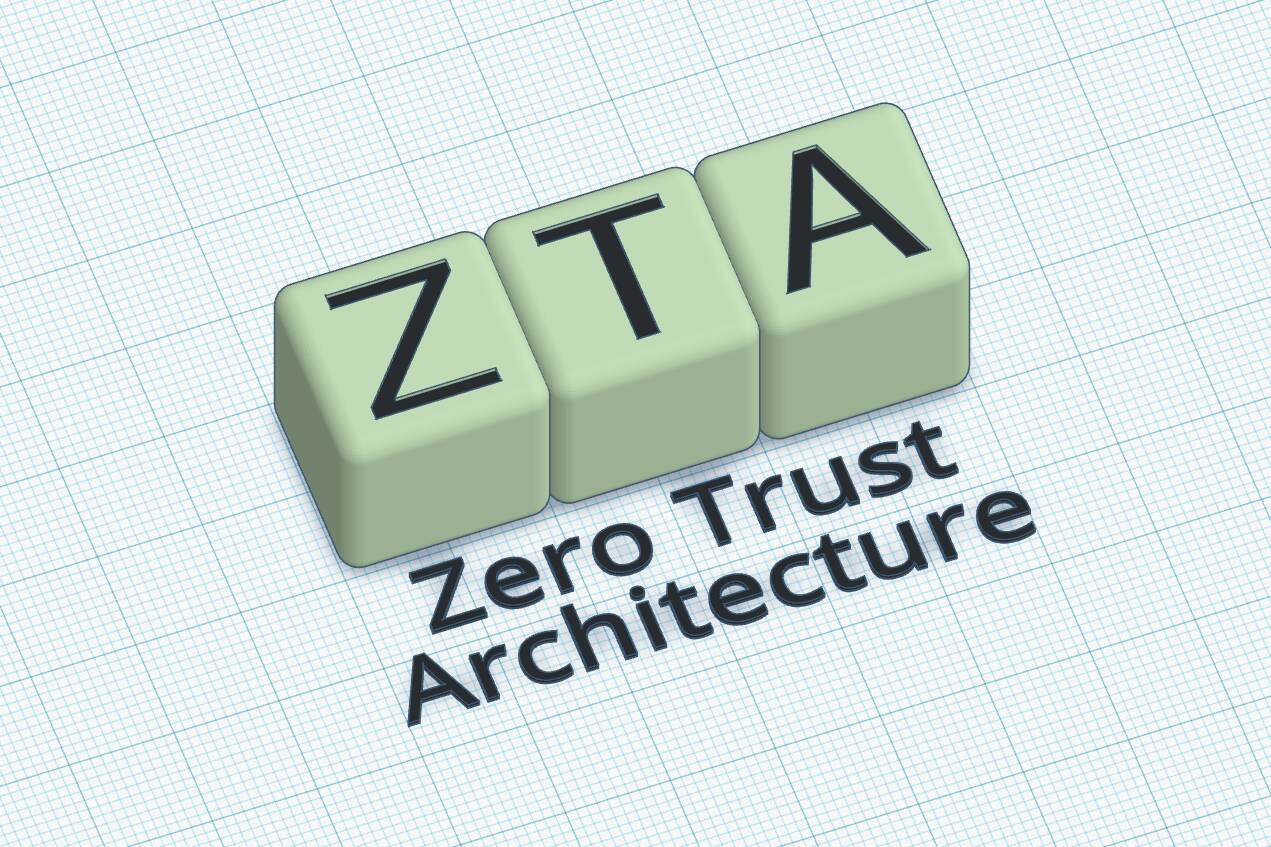What is Zero Trust Network Access?
Zero Trust Architecture is a security model that fundamentally shifts away from traditional perimeter-based security. Instead of relying on implicit trust based on network location or asset ownership, ZTA operates on the principle of least privilege.
In a Zero Trust Architecture (ZTA), users and devices are granted only the permissions they strictly need to perform their tasks, reducing the attack surface and making it harder for attackers to access sensitive data.
Key Principles:
Continuous Authentication and Authorization:
Before establishing a session with an enterprise resource, the user (subject) and the device undergo discrete authentication and authorization checks.
No Implicit Trust:
ZTA assumes that implicit trust is not granted based solely on physical or network location (e.g., local area networks vs. the Internet) or asset ownership (enterprise-owned vs. personally owned).
Resource-Centric Focus:
Rather than segmenting networks, ZTA protects individual resources (assets, services, workflows, network accounts, etc.). The network location is no longer the primary determinant of security posture.
Deployment Models and Use Cases:
ZTA can improve an enterprise’s overall information technology security posture in various scenarios:
Remote Users: With the rise of remote work, ZTA ensures secure access regardless of the user’s location.
Bring Your Own Device (BYOD): ZTA accommodates personal devices while maintaining security.
Cloud-Based Assets: As organizations adopt cloud services, ZTA provides robust security for assets beyond the enterprise-owned network boundary.
Implementing Zero Trust Architecture (ZTA) is crucial for enhancing security in today’s dynamic digital landscape. Here are five steps to guide organizations in adopting ZTA:
Define the Attack Surface:
Identify your most sensitive assets, such as critical applications, databases, and intellectual property.
Map out how traffic moves to these parts of the network. Understand the flow of data and interactions.
This step helps you focus on securing the critical areas effectively.
Implement Controls Around Network Traffic:
Leverage micro-segmentation to divide your network into smaller zones. Each zone should have specific access controls.
Use identity-aware proxies to verify user identities and enforce access policies.
Consider adopting software-defined perimeter (SDP) tools to adjust access dynamically based on context.
These controls ensure that only authorized users and devices can access specific resources.
Architect Your Zero Trust Network:
Design your network with the assumption that no implicit trust exists.
-
Every connection must be verified.
-
Implement least privilege access. Users and devices should only have access to what they strictly need.
-
Consider cloud-based solutions for scalability and flexibility.
-
Architect a network where trust is earned through continuous authentication and authorization.
Create a Zero Trust Policy:
You should structure your policy around asking who, what, when, where, why, and how people and systems connect to your network.
-
Define access rules based on user roles, device health, and context.
-
Regularly review and update your policy to adapt to changing threats and business needs.
Understand Common Challenges:
Complex Infrastructure: Organizations often deal with a mix of cloud and on-premises systems, legacy hardware, and diverse applications. Securing this complex environment can be challenging.
Cost and Effort: Implementing ZTA requires investment in time, human resources, and finances. Collaboration and careful planning are essential.
Flexible Software: Choose flexible software solutions that integrate well with your environment to streamline implementation.
Remember, ZTA is not a one-time project; it’s an ongoing commitment to security. By following these steps, organizations can build a robust zero-trust cybersecurity framework that adapts to evolving threats and protects critical assets.
Challenges of implementing Zero Trust Architecture (ZTA):
Resistance to Change and Cultural Barriers:
Organizations often need help transitioning from traditional security models to ZTA.
Employees and stakeholders may be accustomed to existing practices and resist adopting new security paradigms.
Overcoming cultural barriers requires effective communication, training, and leadership support.
Legacy Systems and Technical Complexities:
Many organizations rely on legacy systems that cannot be easily upgraded or replaced.
Integrating ZTA into such environments can be complex and time-consuming.
Technical challenges include aligning ZTA with existing infrastructure, ensuring compatibility, and addressing integration issues.
Balancing Priorities and Investments:
Organizations must balance existing investments in security tools and technologies with the need to progress toward ZTA.
Modernization initiatives should align with ZTA goals without disrupting critical operations.
Prioritizing resources effectively is essential for successful adoption.
Employee Training and Skill Development:
Implementing ZTA requires a workforce skilled in its principles and technologies.
Organizations must invest in training programs to educate employees about ZTA concepts and best practices.
Upskilling existing staff and hiring experts in ZTA can bridge the skills gap.
Cost Constraints and Budget Considerations:
While ZTA promises enhanced security, it may involve additional costs.
Organizations must weigh the benefits against the expenses of implementing and maintaining ZTA.
Budget constraints can impact the pace of adoption and the extent of ZTA deployment.
Integration with Emerging Technologies:
Integrating new technologies, such as artificial intelligence (AI) and machine learning (ML), can benefit ZTA.
However, ensuring seamless integration and maximizing the effectiveness of these technologies can be challenging.
Organizations need to evaluate and adopt emerging tools that enhance ZTA’s capabilities.
Summary
Zero Trust Architecture emphasizes continuous authentication, least privilege, and resource-centric security. It’s a powerful paradigm for safeguarding today’s dynamic and interconnected digital environments. While ZTA offers a robust security framework, organizations must address these challenges to realize its full potential. Strategic planning, education, and a commitment to adaptability are essential to successful ZTA implementation.
Additional Resources
1 https://www.nist.gov/publications/zero-trust-architecture
2 https://www.sans.org/blog/what-is-zero-trust-architecture/
3 https://www.zscaler.com/resources/security-terms-glossary/what-is-zero-trust-architecture
4 https://www.crowdstrike.com/cybersecurity-101/zero-trust-security/zero-trust-architecture/
5 https://www.microsoft.com/en-us/security/business/security-101/what-is-zero-trust-architecture
6 https://nvlpubs.nist.gov/nistpubs/SpecialPublications/NIST.SP.800-207.pdf
7 https://tsapps.nist.gov/publication/get_pdf.cfm?pub_id=930420
8 https://www.fortinet.com/resources/cyberglossary/how-to-implement-zero-trust
9 https://arxiv.org/pdf/2309.03582v1
10 https://www.nccoe.nist.gov/sites/default/files/legacy-files/zt-arch-fact-sheet.pdf
11 https://www.helpnetsecurity.com/2021/08/27/implementing-zero-trust-architecture/
12 https://tdan.com/the-rise-of-zero-trust-architecture/31546



